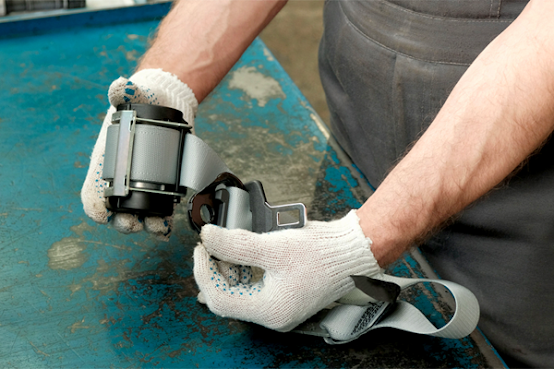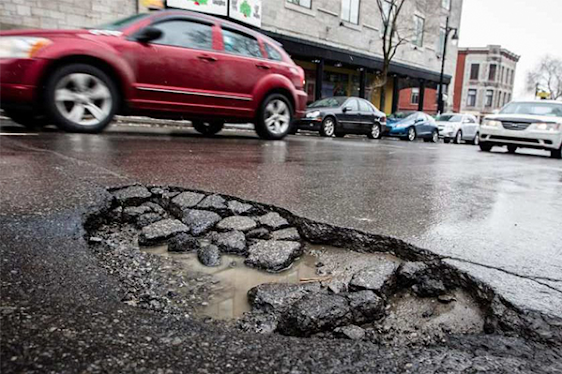Car Seat Belt: How to Remove and Replace Car Seat Belt?
Car seat belts are critical safety components in a vehicle. They are designed to protect passengers in the event of a collision by keeping them securely in place and preventing them from being thrown from the car. In the United Kingdom, seat belts have been mandatory for front-seat passengers since 1983 and all passengers since 1991. According to the Department for Transport, in 2019, seat belts saved an estimated 1,700 lives and prevented around 9,000 severe injuries on UK roads.
Seat belts are required by law in most countries, and for a good reason. In a crash, the force of the impact can be severe and potentially fatal. Car seat belts distribute this force across a passenger’s most robust bones and muscles, reducing the risk of injury.
Over time, seat belts can undergo significant wear and tear, making it necessary to replace or remove them. In this blog, we will dissipate the steps involved in car seat belt replacement and removal. Whether upgrading to a new car or simply replacing a damaged seat belt, this guide will help you understand the process and ensure that your seat belts provide maximum protection.
When Should You Consider Car Seat Belt Replacement?
Seat belts are crucial components in ensuring the safety of passengers in a car, and they should be replaced or removed in any of the following circumstances:
- When the seat belt is damaged: If the car seat belt is frayed, torn or has any other visible damage, it should be immediately replaced. A damaged seat belt will not provide adequate safeguarding in case of an accident and can even be dangerous.
- When the seat belt is not working properly: If the seat belt is not retracting properly or the buckle is not releasing, it should be replaced. Replacing it will ensure that the seat belt is ready to function in case of an accident.
- When upgrading to a new car: If you are upgrading to a new vehicle, removing the old seat belts and installing new ones may be necessary. The new seat belts will be designed to work adequately with the new car’s seat belt system and will provide better protection in the event of a crash.
How to Remove Car Seat Belts?
Removing car seat belts can be a straightforward task, but it is crucial to do so correctly to avoid damaging the vehicle. Here are the steps to remove a car seat belt:
- Locate the seat belt bolts: The belt is attached to the car with bolts. Locate the bolts by looking at the floor or seat near the seat belt.
- Use a ratchet or socket wrench: Use a ratchet or socket wrench to remove the bolts that attach the seat belt to the car. It is vital to remember which bolt goes where, as there may be different sizes or shapes of bolts that hold the seat belt in place.
- Remove the seat belt from the car: Once the bolts are removed, gently pull the seat belt out. Be careful not to damage the surrounding areas, such as the upholstery or door panel.
- Disconnect the wiring: Some seat belts have wiring that runs to the car’s electrical system. If your seat belt has wiring, be sure to disconnect it before removing the seat belt.
What is the Process of Car Seat Belt Replacement?
Replacing car seat belts is a slightly more complex task, but it is still relatively straightforward. Here are the steps to replace a car seat belt:
- Purchase a new seat belt: Purchase a new seat belt designed to fit your make and model of car. It is essential to get a seat belt designed to work with your vehicle, as this will ensure that the seat belt is anchored correctly and will provide the best protection in the event of a crash.
- Install the new seat belt: Once it is procured, it is time to install it. Start by removing the old seat belt, as outlined above. Then, place the new seat belt in the same position as the previous belt, ensuring it is adequately anchored to the car.
- Connect the wiring: If your seat belt has wiring, connect it to the car’s electrical system according to the manufacturer’s instructions.
- Test the seat belt: Once it is installed, test it to ensure it functions properly. Ensure the seat belt retracts and releases appropriately and that the buckle works correctly.
Keep in Mind to:
- Consult your car’s owner’s manual for specific instructions on removing and replacing the seat belt in your vehicle. The process can vary depending on the make and model of the car.
- Gather the necessary tools and materials before you begin the process. Depending on your car, you may need a socket set, pliers, a wiring harness, and a new seat belt.
- Disconnect the negative terminal of the car’s battery to prevent any electrical accidents while you are working.
Final Thoughts
In conclusion, replacing a car seat belt is crucial to ensuring the safety of passengers in a vehicle. It is essential to replace seat belts if they are damaged, not functioning correctly, or if the owner is upgrading to a new car. While removing and replacing seat belts can be done by the owner, it is recommended to consult a professional mechanic or car service centre if the task seems complex. They will have the necessary tools, expertise, and experience to do this process correctly. Car service centres can also perform safety checks on seat belts, ensuring they function correctly and providing maximum protection...( continue reading )







Comments
Post a Comment